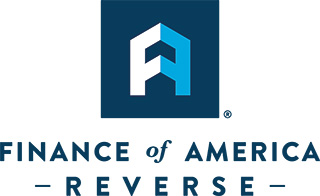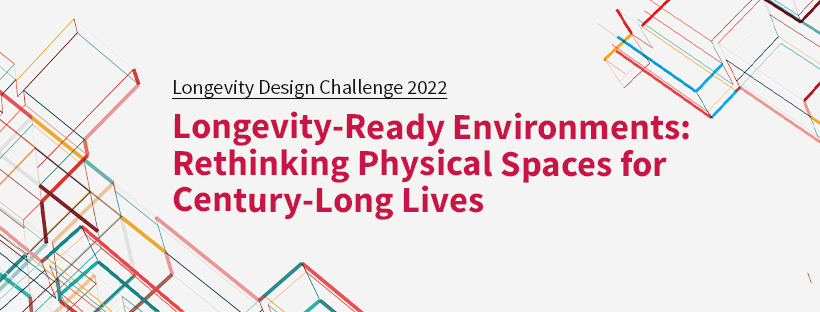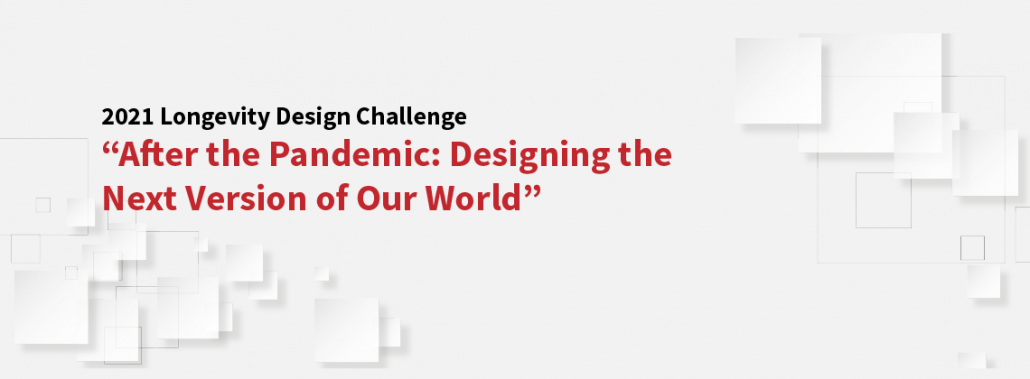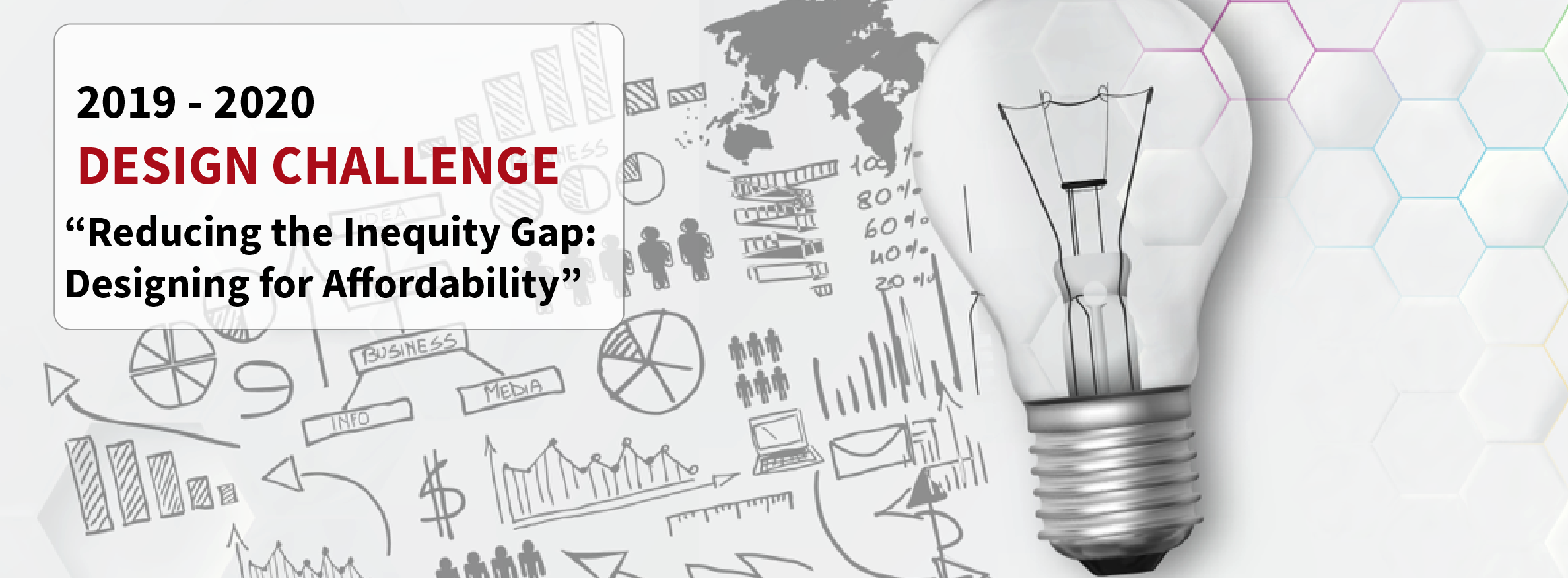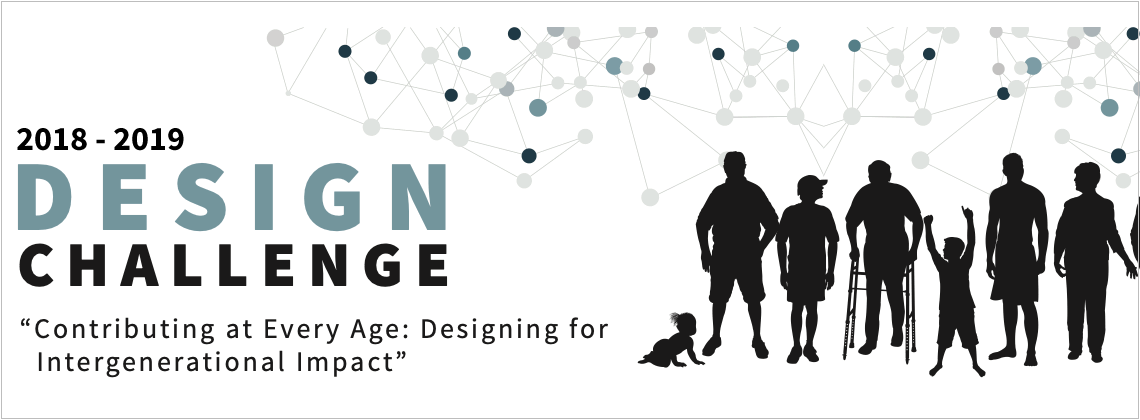OVERVIEW
The Stanford Center on Longevity Design Challenge is a global competition that encourages students to design products and services to improve well-being across the lifespan. In its eleventh year, the Challenge is focused on making life transitions easier and more meaningful.
LONGEVITY DESIGN CHALLENGE GOALS:
- Create well-designed, practical solutions that improve well-being across the lifespan
- Encourage a new generation of students to become knowledgeable about issues associated with long lives
- Provide promising designers with a path to drive change in the world
ABOUT THE 2023-24 DESIGN CHALLENGE THEME:
Designing for Life Transitions
As we embrace a world in which it becomes increasingly common to live for 100 years, the nature of human experience is changing. The Stanford Center on Longevity’s New Map of Life project suggests that the traditional life course will become more complex and flexible, with people moving in and out of different roles multiple times. We now have a unique opportunity to reimagine the entire course of human life and we can make different choices about where to apply the new longevity bonus.
The New Map of Life identifies a variety of possibilities for how we might best use our extra years. People may take time off at different points in their work lives to focus on family or personal development. They might return to school more than once, and they are likely to change careers several times. They may retire, only to re-enter the workforce in an entirely new capacity.
The 2024 Stanford Center on Longevity Design Challenge invites student designers to help develop a new vision for how to move through these new life transitions. Designs that help make transitions more positive and meaningful can play a large role in optimizing longer lives. And it is essential to pay attention to the entire life span, as most problems and strengths observed in old age have their roots decades earlier.
Designs may include physical products, digital solutions, or programs, and can address a life transition at any point in the life span. For more information on the topic, please review section 5 of the Stanford Center on Longevity’s New Map of Life “Life Transitions are a Feature, Not a Bug.”
The list of life transitions that can be addressed by design is long and includes (but is not limited to) transition such as:
- Moving out of a family home to live independently
- Completing a stage of education (could happen multiple times at different ages)
- Joining the working world (at any age)
- Beginning or ending military service
- Getting married, re-married, or committing to a long-term partner
- Joining or leaving a religious or civic community
- Becoming a parent, grandparent, or great-grandparent by birth or adoption
- Changing or losing a career
- Getting retrained or going back to school
- Moving to a different location or community and adapting to a new culture or language
- Adapting to environmental or societal changes (e.g., natural disaster, political instability)
- Transitioning to single life after divorce
- Moving to a life that accommodates a chronic disease or disability
- Changing diet or fitness routine
- Going through puberty or menopause
- Taking on caregiving duties for a loved one
- Adjusting to the death of a partner, parent, child, or close friend
- Transitioning from a family environment to an “empty nest” in mid-life
- Cohabiting with roommates (of the same or different generations)
- Downsizing in later life
- Retiring
- Starting an encore career
- Becoming a volunteer
HOW TO PARTICIPATE
HOW TO PARTICIPATE
Register to participate and submit your entry here: https://designchallengestanford.skild.com/
Register to Participate
Register to participate here between September 11 – November 30, 2023. You may participate as an individual or as part of a team. Teams may have a maximum of 5 members. See the “Teams and eligibility” section of the FAQ below for more information about team rules. If you are registering as a team, the person who registers first will be designated the team leader. They can then add everyone else as team members.
Prepare your submission
You can view all the materials you will need to prepare in this preview of the entry form. Please see the “Submissions” sections of the FAQ below for more information about the entry form. If you still have questions, please email [email protected].
Submit your design
Once you have prepared your materials, log in and complete the entry form. The form will be open from September 11 until 11:59 PM Pacific time on November 30, 2023.
After the November 30 deadline, the judges will evaluate all submitted designs according to the judging criteria (see the Details section below for more information).
Finalists
Finalists will be announced on January 24, 2024. Finalists will be awarded $1,000 US and paired with an experienced mentor.
Finalists will compete in the final competition for $10,000 in April 2023. The finals are expected to be held in-person at Stanford University. Finalists are reimbursed (limited) travel costs. Each team will have 7 minutes to pitch their idea to the panel of judges. The judges will use the same criteria as for the initial submissions and will decide the top three winners on the same day as the pitches.
DETAILS
CHALLENGE TIMELINE
The challenge is organized into two phases that are synchronized with the academic year.
Phase I: September – December 2023
Phase I is the open call portion of the challenge. During this time, teams will learn about the topic and create their solution concept. The Challenge organizing team will be available during this time for questions. Solutions may be submitted at any time during this period, but no judging feedback will be available until January.
Judging Period: December 2023 – January 2024
During this period, our judging panel will select a small number of finalists. Finalists will be announced in late January.
Phase II: January 2024 – April 2024
During Phase II, finalists will be asked to further develop their idea and to prepare a presentation. Mentors from corporate partners and industry experts will be available during this period.
KEY DATES
- Kick-off: Monday, September 11, 2023
- Phase I submissions due: Thursday, November 30, 2023
- Finalists (5-8 teams) announced: Wednesday, January 24, 2024
- Finals: April 9, 2024
AWARDS
Top winners receive cash prizes of $10,000 (1st place), $5,000 (2nd place), $2,000 (3rd place).
Finalists receive a $1,000 cash prize and mentorship from industry experts and researchers.
ELIGIBILITY
The challenge is open to teams of 1-5 students enrolled during the 2022-2023 academic year, attending any accredited university or college globally. Each team must have at least one full-time student and if the team is selected as a Finalist, only students may present.
INTELLECTUAL PROPERTY
Any intellectual property developed by a team during participation in the Design Challenge will remain the property of the individual design team, or the team members’ universities or employers, as applicable. The Stanford Center on Longevity and Challenge sponsors reserve the right to publicize designs following submission. Teams interested in intellectual property protection should take any steps necessary to protect patentable inventions, copyrighted work or other intellectual property prior to submission. Team involvement with any of the Challenge sponsors is strictly voluntary. Agreements between teams and sponsors are beyond the reach of Stanford Center on Longevity or Stanford University, and should be arranged separately between the teams and sponsors.
JUDGING CRITERIA
The Challenge will be judged by experts in design and technology including carefully selected academics with expertise on the topic; executives from technology and consumer goods firms; venture capitalists; and senior representatives from related mission-driven organizations.
Judging Criteria
- 40% Impact – will the design improve long life outcomes?
- 30% Originality – has this idea been seen before? Is there something similar to it on the market?
- 20% Feasibility – will the design work? Can it be produced at scale?
- 10% Affordability – teams must identify their target population for the design. Would the cost of the design at scale make it a viable product for that population?
A separate score reflecting alignment of the design to the topic will be added as a weight to the overall score. For example, if a design were to score 90% on the judging criteria above but only 50% on alignment, the overall score would be 45% (.90 X .50).
SPONSORSHIP
LEVELS AND BENEFITS OF SPONSORSHIP
PLATINUM SPONSOR ($50k +)
• Receives all benefits as per Gold Sponsor (below)
• Receives online and offline Platinum Sponsor recognition
• Acts as a strategic partner in creating the structure of the challenge
• Option for SCL presentation at Platinum Sponsor meeting or event
GOLD SPONSOR ($20k)
• Receives all benefits as per Silver Sponsor (below)
• Receives online and offline Gold Sponsor recognition
• Has the opportunity to provide a judge for the competition
• Is offered access to all designs submitted in December 2023
• Is offered a corporate presence at the Awards ceremony in April 2024
SILVER SPONSOR ($10k)
• Receives online and offline Silver Sponsor recognition
• Has the opportunity to provide tailored content to educate teams through the challenge website
• Is offered the opportunity to mentor teams during the incubator period
For more information on sponsorship opportunities, please contact Marie Conley-Smith at [email protected].
PHASE 1 JUDGES
 Nicholas Bernhardt-Lanier
Nicholas Bernhardt-Lanier
Business Analyst, McKinsey & Company
 Adriana Betiol
Adriana Betiol
Principal Consultant, Interfácil Usabilidade
 Larry Bonistalli
Larry Bonistalli
Lifestyle & Wellness Best Ager Advocate
 Max Bosei
Max Bosei
Founder of Code 4 Finances; Former Police Chief
 Tushara Canekeratne
Tushara Canekeratne
Founder & CEO, Nadastra, Inc.
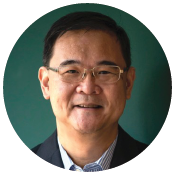 Siew Kai Choy
Siew Kai Choy
Board Member, FactSet Inc.; DCI Fellow, Stanford University
 Mark Clapper
Mark Clapper
Advisor, Wellness Pillar, Stanford DCI; Leader, dciX Speaker Series, Stanford DCI
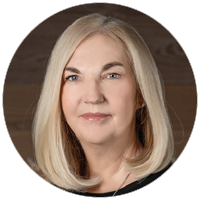 Kate Coleman
Kate Coleman
Founder, Coleman Consulting Group, LLC
 Michele Evans
Michele Evans
CEO/Founder NxtWaves (Former Meta/Microsoft HR Executive)
 Kayla Ferguson
Kayla Ferguson
Grants Program Manager, Davis Phinney Foundation
 Sharon Geaghan
Sharon Geaghan
Associate Professor of Pathology, Stanford University Medical Center, Emerita
 John Hutchens
John Hutchens
SVP, Revenue Optimization, Finance of America Reverse
 Kate Jerome
Kate Jerome
CoFounder, Little Bridges; Author; Publishing Executive
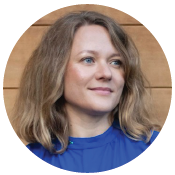 Yulia Kholodova
Yulia Kholodova
Co-founder and CPO, Indlovu App
 Luciana Lins
Luciana Lins
Former International Trade Advisor
 Nancy McClung
Nancy McClung
Community volunteer; former CPA
 Melinda McGee
Melinda McGee
Director of Finance and Operations, Emerita, Management Science & Engineering, Stanford University
 Dianne Millner
Dianne Millner
SCL Longevity Ambassador
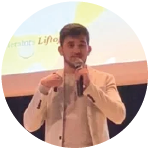 Mohammed Mishal
Mohammed Mishal
Consultant, PwC
 Mick Murray
Mick Murray
Senior Business Advisor; Former Chief Financial Officer
 Patty O’Brien White
Patty O’Brien White
Co-Founder and COO, ReBoot Accel, Inc.
 Glenn Osaka
Glenn Osaka
Consulting Executive, Advisor, and Board Director
 Maria Pacheco
Maria Pacheco
Former Executive Director, Kinesis Foundation
 Marshal Pang
Marshal Pang
Founder Adviser and Investor
 Abhi Patwardhan
Abhi Patwardhan
Startup Mentor
 Olga (Khardaeva) Pottle
Olga (Khardaeva) Pottle
Chartered MCIPD; People management professional
 Christine Ramirez
Christine Ramirez
VP, UX Design, Finance of America Companies
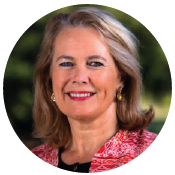 Julia Randell-Khan
Julia Randell-Khan
Director of Partnerships, The Purpose Xchange
 Mehbs Remtulla
Mehbs Remtulla
Founder + CEO, What’s neXT?!
 Maca Rojas
Maca Rojas
UX Researcher, Honda R&D
 Jim Rowe
Jim Rowe
Financial Services Executive, Strategic Advisor
 Faye Sahai
Faye Sahai
Founding Managing Partner, Telosity Ventures, Board Member, Innovation Advisor
 Avanish Sahai
Avanish Sahai
Board Member, Advisor, Investor and Former Tech Executive
 Pam Sherwin
Pam Sherwin
Co-Founder, Graham Sherwin Studio, Inc.
 Madhu Shetti
Madhu Shetti
CEO/Founder, Balmere
 David Silk
David Silk
Of Counsel, Wachtell, Lipton, Rosen & Katz
 Luciano Snel Correa
Luciano Snel Correa
Former CEO and Partner of Icatu Seguros and Icatu Vanguarda Asset Management
 Jodi Starkman
Jodi Starkman
Executive Director, IRC4HR
 Nathan Sundheimer
Nathan Sundheimer
Corporate Innovation, Health, Plug and Play
 Linda Tarplin
Linda Tarplin
Cofounder, Tarplin, Downs and Young, LLC
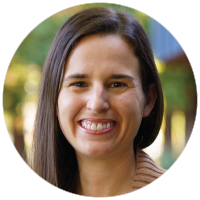 Therese ten Brinke
Therese ten Brinke
Executive Director, Innovation and Impact, Eskaton
 Peche Turner
Peche Turner
Manager (emerita), Computer Science Department
 Emilio Umeoka
Emilio Umeoka
Former VP Enterprise Sales, Apple
 Barbara Waxman
Barbara Waxman
Founder and CEO, Odyssey Group Coaching LLC
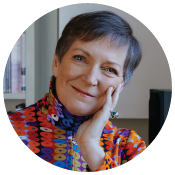 Avivah Wittenberg-Cox
Avivah Wittenberg-Cox
CEO, 20-first
 Max Zamkow
Max Zamkow
Managing Partner, Third Act Ventures
 Tami Zhu
Tami Zhu
AI and Digital Media Executive
FAQ
Teams and eligibility
Who is eligible to participate in the Longevity Design Challenge?
The Challenge is open to teams of 1-5 members and is primarily a competition for university students: at least one team member must be a student enrolled at an accredited university or college from anywhere in the world during the 2023-2024 school year. Students may be undergraduate or graduate (e.g., masters, PhD) students.
Can my team consist of students from multiple universities?
Yes! Teams may consist of students from multiple universities, from anywhere in the world.
Can non-university (e.g., high school) students participate?
Other (non-university) students may participate in the Design Challenge, but only as part of a team which contains at least one university (undergraduate or graduate) student.
Can a team have members who are not students?
Yes! A team may be a mix of students and non-students (of any age).
If a team is chosen for the finals, only team members who are students may participate in the final presentation.
Can I submit a design by myself?
Yes! You may participate as an individual.
Can I/my team submit more than one design?
Yes! You may be a member on multiple teams and/or submit multiple designs. In the submission portal you will need to submit each design under a different email address. We do, however, recommend spending more time on one design in order to make sure your submission is high quality, rather than submitting many designs.
Submissions
What kinds of materials do I need to submit to participate in the Longevity Design Challenge?
All materials are to be submitted through the submission platform: https://designchallengestanford.skild.com/. You can preview a copy of the entry form HERE.
When is the last day to submit a design?
The submission deadline for the 2023-2024 Longevity Design Challenge is Thursday, November 30, 2023. The submission portal will close at 11:59 pm (23:59) Pacific time on November 30.
What types of designs are accepted by the Longevity Design Challenge?
Many types of designs are accepted in the Longevity Design Challenge. It could be a program you implement in your community, an app or software, a product for people to use, or anything else that will help people live long and healthy lives under the current topic, “Designing for Life Transitions.”
Do I have to produce/implement my design for the competition?
You do not need to have a product made for the November submission deadline. We are just looking for a thorough explanation (text, and pictures/video if applicable) of what your product will be. Then, if your idea is chosen as a finalist, that’s a great time to start developing it more fully.
If you are able to make a prototype before the November deadline and able to conduct some user testing, it can help to share your results in your submission. It can be really early stages user testing, like with family and friends (who hopefully fit into whichever demographics you are designing for). Or if you don’t have a product to test yet, you can also do user interviews to get feedback on your idea.
What are the judging criteria, and what do they mean?
Longevity Design Challenge submissions are scored on 5 criteria:
Impact: The primary question behind the “impact” criteria is “will the design improve long life outcomes?” Because this is a longevity design challenge, we want to know if the design will help people be healthier (physically, emotionally, socially, etc.) or more purposeful in a way that will help improve their lives.
Originality: Does your design represent an original idea? Has your idea been seen before? Is there something similar to it on the market? A new design will earn a higher score in this criterion.
Feasibility: Will your design work in the real world? Can the design be produced at scale (e.g., for most/all of the population it is meant to serve)? Your design may be a very interesting or compelling idea, but it needs to be feasible to bring it to life to get high marks in this criterion.
Affordability: Will your users be able to afford your design when it is produced at scale? This is why the judges want to know who your design is for: e.g., Is it for children? Older adults? People with low incomes? They will also want to know how much your design will cost its users when it is produced at scale.
Fit to theme: Is your design relevant to this year’s design theme, “Designing for Life Transitions”? You can read more about this theme on our website.
What is expected in a submission video?
We recommend uploading a short (i.e., maximum 90 seconds) video that will help the judges understand your design. A video is not required for entry.
The entry form asks for “documentation that will help evaluate your proposal.” What type of documentation?
This field is meant for any materials you think might present your idea more clearly alongside your text answers in the following fields. For example, you might describe how your idea works in the “describe the design fully” section, but you think it would be helpful to include a visual or flow chart of it, so you could include PowerPoint or PDF slides that contain visual mock-ups of how your idea works. It is not required to include any extra materials.
Do I need to include citations in my design description?
This may not apply to everyone. If you would like to include citations, don’t worry too much about including a lot of citations (the judges just need enough information to understand your idea), but if you feel that there are sources that are important to include, please include some kind of citation along with the links so that we can see the title, publication year, and authors (in case the link doesn’t work for us). You may use any citation format.
Is there mentorship available during the submission process?
The Longevity Design Challenge team isn’t big enough to offer general mentoring in the first phase of the competition, but if you have a specific question about your project, you may email us at [email protected] and we will do our best to answer it or to try to help find a resource. This is also a great time to take advantage of your university’s resources. The 6-8 teams that are selected for the finals will each be paired with a mentor.
Prizes
What are the cash prizes for this competition?
- Finalist teams (announced in January): $1000 US
- Grand prizes (determined at the final competition in April):
- 1st place: $10000 US
- 2nd place: $5000 US
- 3rd place: $2000 US
How are the cash prizes paid out?
Each finalist team is asked to designate one team member to receive prize money and that person is responsible for disseminating it to the other team members. That person will be asked to provide bank information for a wire transfer, and a tax identification number (if applicable).
Is the prize money subject to US taxes?
Yes.
US-based teams comprised of US citizens receive the gross amount which will be reported on tax form 1099.
International teams are subject to 30% US federal tax withholding, and 7% State of California withholding if the prize exceeds $1500.
For international teams, the Center on Longevity will gross up the $1000 finalist award so that all teams (US and international) receive the full $1000 before the finals. This is to assure that each finalist team is not at a disadvantage to other finalist teams based on tax status.
The recipients of the grand prizes receive tax forms at the beginning of the following calendar year. US taxes are filed before April 15 for the prior year. If international teams would like to try getting some of the tax-withheld money refunded, the recipient of the award must have or apply for an Individual Taxpayer Identification Number (ITIN). Eligibility depends on the country of residence.
SPONSORS
UPDATES
Follow on Twitter
@StanfordLngLife
@longevitycenter
#SCLdesign • #DesignChallenge • #StanfordDesignChallenge • #LongLife • #DesignLongLife
Video recordings of the 2023 @LongevityCenter Design Challenge Finals are now available! 📽️Watch now: 🚶♀️Keynote address by Prof Steve Collins about designing exoskeletons to sustain mobility 📢Pitches by the outstanding finalist teams 🏆Awards 🎉And more! longevity.stanford.edu/design…
Follow on Facebook
facebook.com/RedesignLongLife
PREVIOUS WINNERS
2022-2023 | “Optimizing Health Span: Living Well at Every Age”
The 2022 Longevity Design Challenge focused on the optimization of health span at any age.
Winners:
- First Place – “Variable Reactive Board” from Pratt Institute & New York University, USA
- Second Place – “Unpause Life” from NMIMS School of Design, India
- Third Place – “2 Care” from Tunghai University, Ming Chi University of Technology, and National Taipei University of Education, Taiwan
2021-2022 | “Longevity-Ready Environments: Rethinking Physical Spaces for Century-Long Lives”
The 2022 Longevity Design Challenge focused on designing physical spaces that better support century-long lives.
- First Place – “Sarewa” from Ahmadu Bello University, Nigeria
- Second Place –“Karpolax” from Makerere University, Uganda
- Third Place – “Spore” from North Carolina State University & Boston College, USA
2020-2021 | “After the Pandemic: Designing the Next Version of Our World”
The 2021 Longevity Design Challenge focused on ideas inspired by the cultural shift that occurred during the COVID-19 pandemic that support long, healthy, and happy lives for everyone.
- First Place – “Foris Labs” from Chukwuemeka Odumegwu Ojukwu University, Nigeria
- Second Place – “PhoneBook” from the Metropolitan State University of Denver, USA
- Third Place – “Wulu” from Harvard Kennedy School, USA (team located in India)
2019-2020 | “Reducing the Inequity Gap: Designing for Affordability”
The 2020 Longevity Design Challenge focused on significantly reducing the cost of innovations that help people at all ages increase their odds of a long and healthy life.
Winners:
- First Place – “Shishu, Sui aur Dhaaga” from the Srishti Institute of Art, Design and Technology in Bengaluru, India
- Second Place – “School in the Sky” from Brigham Young University in Provo, Utah, USA
- Third Place – “The First Desk” from the Beijing Institute of Technology in Beijing, China
2018-2019 | “Contributing at Every Age: Designing for Intergenerational Impact”
We invited teams to submit proposals for designs that promote and facilitate intergenerational interaction.
Winners:
- First Place – “Family Room” by Anand Upender, Daniel Chan, Mina Bhatt, Nadine Levine, Stanford University
- First Place – “So You Think You Know Your Grandma” by Ismail Azam, Inaara Charolia, Rani Cochran, Ashna Mangla, Lillian Tran UC Berkeley
- Second Place – “Pillow Fight!” by Hung-Yu Chen, Chor-Kheng Lim, Ching-Chia Renn, YuanZe University, Taipei
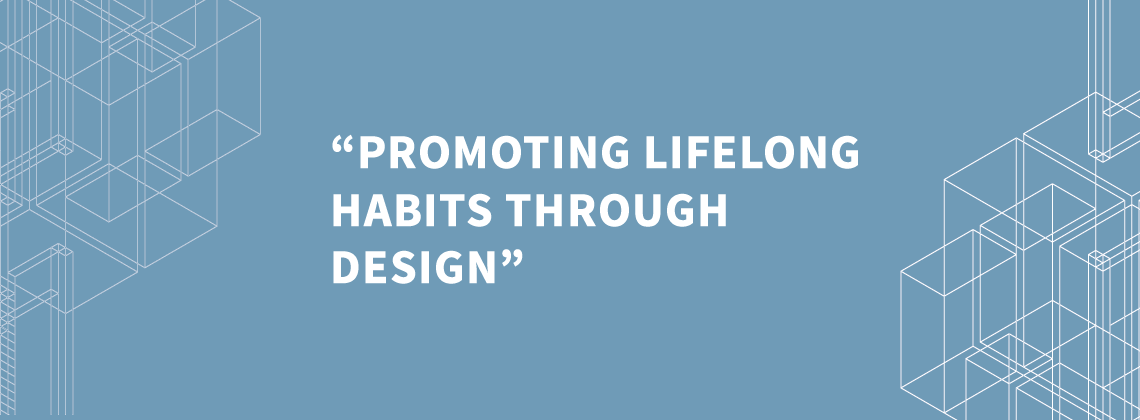 2017-2018 | “Promoting Lifelong Habits through Design”
2017-2018 | “Promoting Lifelong Habits through Design”
We invited teams to submit proposals for designs to create and support healthy habits –including financial, physical, and social behaviors—which are shown to improve quality of life.
Winners:
- First Place – “Ride Rite” by Eric Bottelsen, Eric Lord, Maya Pines, and Drew Sigler from Virginia Tech
- Second Place – “Gesturecise” by Nakul Kasture, Nikhil Kumar, Akshat Mandloi, and Purvish Shah from the Indian Institute of Technology Guwahati
- Third Place – “Grow and Gather” by Seira Yasumatsu of San Francisco State University.
 2016-2017 | “Aging in Place”
2016-2017 | “Aging in Place”
The challenge invited submissions to address the factors that allow individuals and families to remain in their homes throughout the lifespan and into old age.
Winners:
- First Place – “TAME” by Hooriya Anam, Awais Shafique, and Arsalan Javed from the National University of Sciences and Technology in Islamabad, Pakistan
- Second Place – “Rendever” by Charles Lin and Kyle Rand at the Massachusetts Institute of Technology
- Third Place – “UPPO” by Lane Hering, Emma Lee, Charlene Lertlumprasert, Genesis Solano, and Gerrold Walker from Virginia Tech
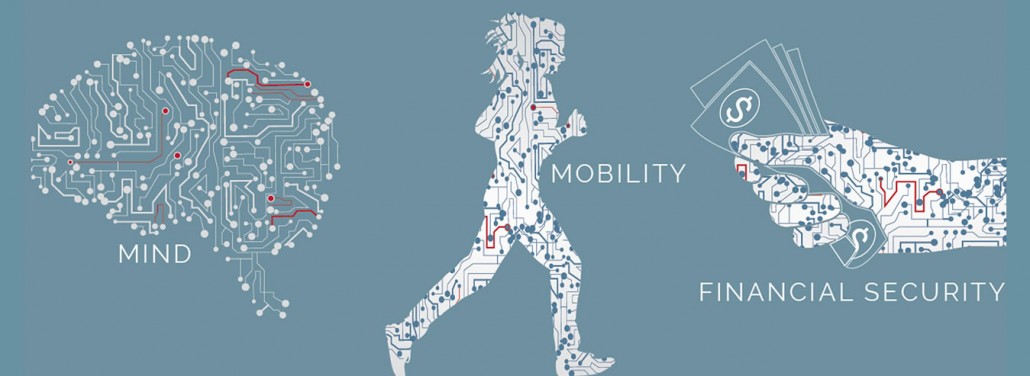 2015-2016 | “Using Happiness to Optimize Longevity”
2015-2016 | “Using Happiness to Optimize Longevity”
The challenge invited submissions to address three tracks: Mind, Mobility, and Financial Security, reflective of the Center on Longevity’s mission to enable people to reach old age Mentally Sharp, Physically Fit, and Financially Secure.
Winners:
“Delight the Mind” (Mind Challenge)
- First Place – “Memoir Monopoly” from Cho Szu-Yang and Cheng Ya-Fang of National Taiwan University of Science and Technology
- Second Place – “Bath Chair” from National Yunlin University of Science (Taiwan)
- Third Place – “Echo” from National University of Singapore
“Discover the Motion” (Mobility Challenge)
- First Place – “City Cart” from Brandon Lopez and Eric Renard of San Francisco State University
- Second Place – “Yedi70” from Koc University at Istanbul
- Third Place – “POTALK” from National Chiao-Tung University (Taiwan)
Note: Insufficient entries were received to select finalists and make awards in the financial track.
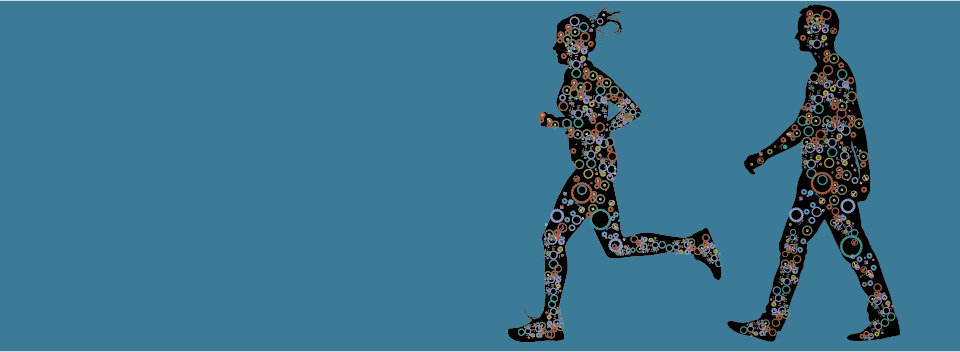 2014-2015 | “Enabling Personal Mobility Across the Life Span”
2014-2015 | “Enabling Personal Mobility Across the Life Span”
The 2014-2015 Challenge invited designer to create solutions for empowering mobility among older adults at a personal level by: (1) reducing sedentary lifestyles, (2) encouraging and enabling physical movement and exercise, and (3) reducing barriers and increasing facilitators to mobility in the home and community.
- First Place – Nicholas Steigmann and Maiya Jensen from the California College of the Arts and their project “SPAN”
- Second Place – “HandleBar” from the University of California, Berkeley
- Third Place – “Luna Lights” from Northwestern University
- Stanford Longevity Technology Prize – “Flipod” from National University of Singapore
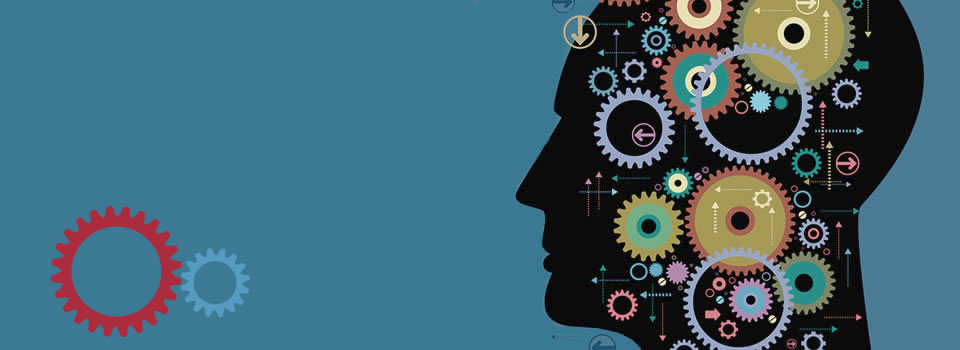 2013-2014 | “Maximizing Independence for those with Cognitive Impairment”
2013-2014 | “Maximizing Independence for those with Cognitive Impairment”
This 2013-2014 challenge focused on designing new solutions to keep individuals with cognitive impairment independent for as long as possible. The challenge asked designer to identify issues around quality of life, personal independence, and helping people experience the best parts of life for as long as possible.
- First Place – “EatWell” by Sha Yao from the Academy of Art University in San Francisco
- Second Place – “Taste+” from the KEIO-NUS CUTE center at the National University of Singapore
- Third Place – “Memory Maps” from the Copenhagen Institute of Design
Available Pages
- #417 (no title)
- 2018-2019 DESIGN CHALLENGE FINALS
- 2021 Finalists
- 2022 Finalists
- 2022 Finalists
- 2024 Design Challenge Finals
- 2024 Finals Event Additional Details
- Amy Yotopoulos
- Blog Posts
- Chris Tarchala
- Christopher Tarchala
- Design Challenge Retrospective
- Draft Judges
- Duane Detwiler
- Elizabeth Gephardt
- Elizabeth Halifax
- FAQ
- Finalists
- Finals Event 2024
- Hannah Heejong Lim
- Home
- Home 2
- Liz Loewy
- Log In
- Login Designer
- LoginPress
- Longevity-Ready Environments: Rethinking Physical Spaces for Century-Long Lives
- Mekhala Raghavan
- New Topic
- NoelLeon Gauthier
- Promoting Lifelong Healthy Habits through Design
- Staci Alexander
- Stacy Canan
- Stanford Center on Longevity Announces “After the Pandemic: Designing the Next Version of Our World” Design Challenge Winners
- Stanford Center on Longevity Announces 10th Annual Design Challenge Winners
- Stanford Center on Longevity Announces Eight Finalist Teams for 11th Annual Global Design Challenge
- Stanford Center on Longevity Announces Finalists for 10th Annual Design Challenge
- Stanford Center on Longevity Design Challenge Finals 2023
- Stanford Center on Longevity Design Challenge Finals 2024
- Stephanie Smith
- Thomas Flores
- Topics
- Welcome Finalists
- Welcome Judges
- Winners Announced: Stanford Center on Longevity Design Challenge “Longevity-Ready Environments: Rethinking Physical Spaces for Century-Long Lives”



